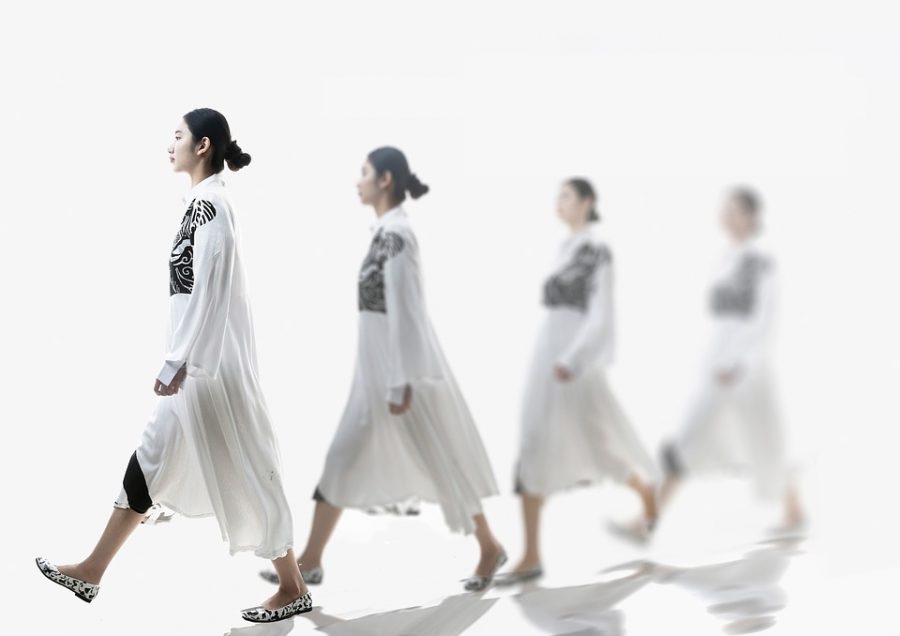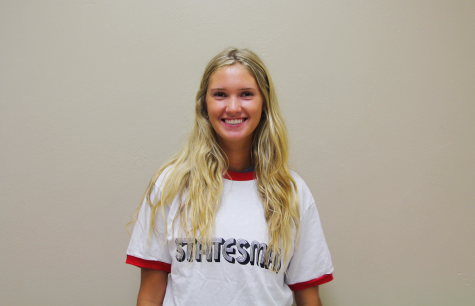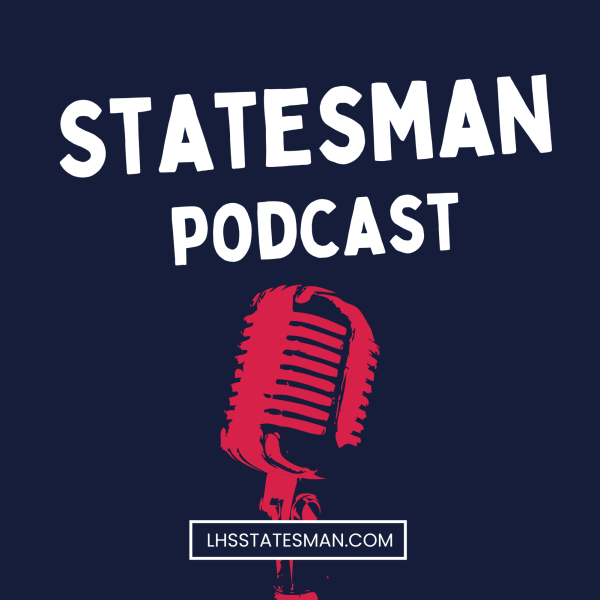Where are your clothes really coming from?
The average family spends $1.800 per year on clothing, according to Financial Best Life.
November 4, 2019
More often than not, we find ourselves buying the $10 t-shirt rather than the similar-looking $30 one. It would be silly not to, right? But, if we look deeper than just the price, we might see that spending that extra $20 can make a world of change to many people.
Buying that $10 shirt might cost less upfront, but do companies like Zara and H&M tell you that that shirt will be worn out in about 10 washes? Probably not. And to add to that, those companies and many more also don’t tell you that that $10 tee shirt is being made by garment workers that are working in slave-like conditions. All so you’re able to save $20 on a tee shirt that is ultimately made with cancer-causing materials and will have a short-lived life.
In the early 1950’s in the U.S., over 90 percent of people made their own clothes. Now, according to CNDC, more than 95 percent of clothes are made overseas. Yet, no one notices that most of the clothes coming in are being made in a 3rd world country by a seamstress working in slave labor conditions. And, if we’re being specific, we’re talking about mostly women and girls younger than 12 that have almost no rights at all.
Along with all of these reasons to stay away from fast fashion, we can also take into account the fashion industry’s worst disasters, including the Rana Plaza factory fire in 2012. It’s time to come together and say enough is enough. Over 20 years ago, organic food was just for hippies – until we had a food revolution. Currently, we are in the middle of an electric car revolution. Now, it is time for a fashion revolution. There are many things we are able to do to make this revolution happen. Research your favorite stores and make sure the clothes that you are purchasing are not being manufactured in 3rd world countries, putting people in horrible conditions with unfair pay. Stores like Everlane, Free People, Reformation and Thought Clothing are great stores where you can spend your money while still making sure you’re buying clothes that are both ethical and sustainable. If you either do not want to or not able to spend a little more money upfront for these ethical stores, go down to your local Goodwill for some cheap second-hand clothing and combat fast fashion secondhand.







